Leaves from Curry leaves plant is an important ingredient in Indian recipes nowadays. If you’re lucky enough to have curry leaves planted at home, then you’ll want to know how to care for them so that it continues to produce those delicious leaves.
Curry leaves not only have health benefits but this plant has Vastu effects too. Growing a curry leaves plant at home is also a hard task because if not taken care of properly it doesn’t survive.
Let’s have a look at the myths and facts about the curry leaves the plant and how to grow it at home.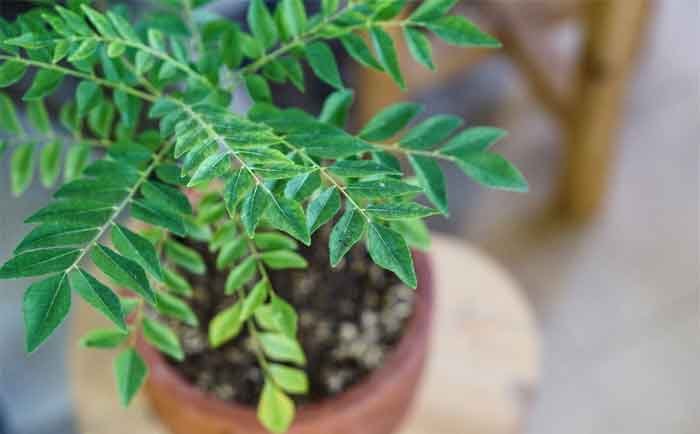
To read about vastu for curry leaves plant visit here.
Facts about Curry Leave Plant
The leaves of the curry tree (Murraya koenigii) are used to flavor many dishes, from curries and stews to soups and salads.
Note: Have a look at money plant benefits here for your reference. If you want to decorate a money plant at home then try these money plant decoration ideas at your home.
- Curry leaves have been used traditionally to treat a variety of ailments, including diabetes, digestive problems, and fever.
- One study found that taking 10 grams of powdered curry leaves daily for three months improved blood sugar control in people with type 2 diabetes.
- Curry leaves are also effective in treating indigestion and gastrointestinal problems. The leaves can help increase the production of digestive juices and promote bowel movements.
- Curry leaves are also used as a natural remedy for fever. The leaves contain compounds that can help reduce fever by inducing sweating.
- Fresh curry leaves can be added to soups, stews, and curries.
- Dried curry leaves can be stored for up to six months.
- Powdered curry leaves can be used as a seasoning for various dishes.
- The curry tree is a deciduous flowering plant that may thrive in tropical regions comparable to its native area on the Indian subcontinent. Avoid a windy location since it has a weak trunk and limbs, as this will make the growth of the tree difficult.
The curry tree is a tough plant that does best in sunny, tropical areas.
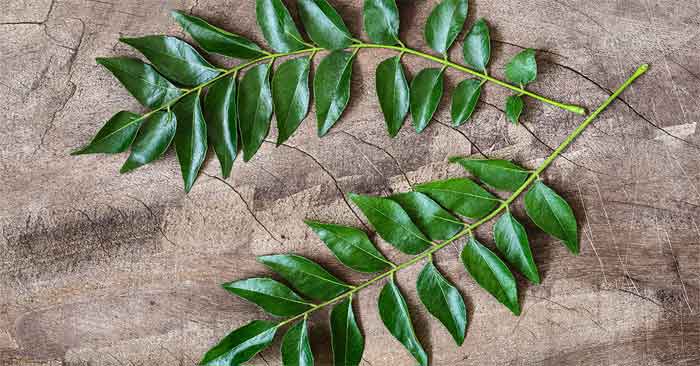
However, if you live in a colder climate, you can still grow curry trees as long as you keep them in containers and bring them indoors when the weather gets cold.
Also read: how to take care of jade plant
Make sure to have enough space for the plants inside your house before winter starts.
Curry Leave Plant Types
- The leaves of this plant are commonly sold in grocery stores, and it is regular-size trees like these that grow the fastest.
- Dwarf-type curry trees are not as tall as their normal counterparts, but they have wider branches.
- Gamthi curry plants don’t get very big; they only reach 12 inches in height when fully grown. They grow slowly, making them a good choice for people who want to grow curry trees in containers.
- Curry leaves from Gamthi curry plants have the strongest aroma of all types of curry trees.
- You may also like to read about types of tulsi plant here.
How to Care for Curry Leaves Plant at Home?
Curry leaves are an important ingredient in Indian cooking, and they can also be used to make a variety of traditional medicines. 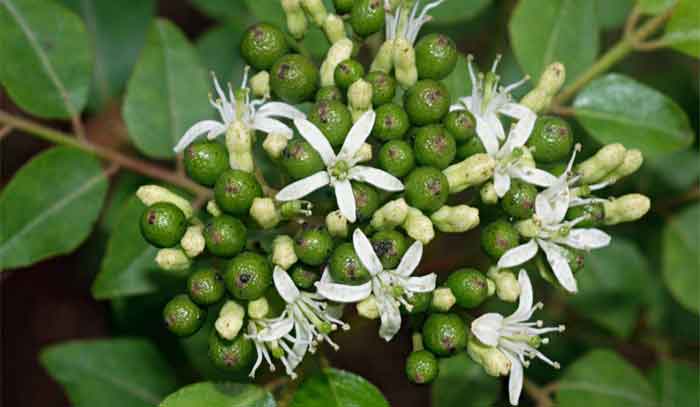 If you have a curry leaves plant at home, it is important to know how to care for it properly so that it will continue to thrive.
If you have a curry leaves plant at home, it is important to know how to care for it properly so that it will continue to thrive.
When watering your curry leaves plant, be sure to use room-temperature water. It is also important to fertilize your curry leaves plant every two weeks using a high-quality fertilizer.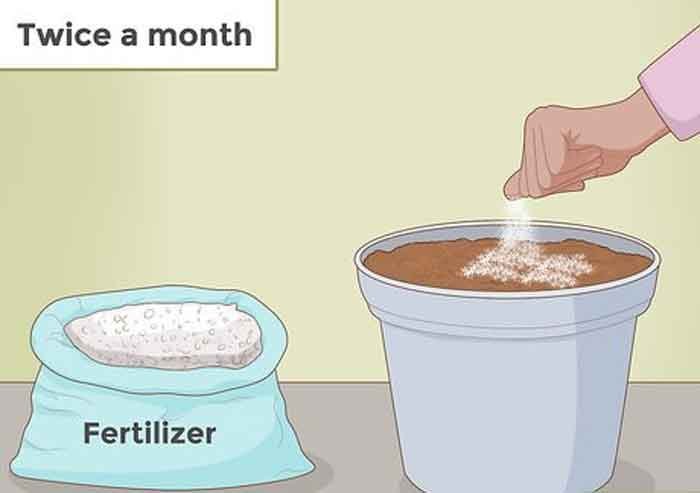
You should also place the plant in an area where it will receive full sun for at least six hours each day. When the plant starts to produce flowers, you can cut them off to encourage new growth.
Consider reading about spider plant benefits and snake plant benefits here.
If you are growing curry leaves plant indoors, it is important to keep the soil moist but not too wet. In addition, you should fertilize the plant every two weeks and prune it regularly.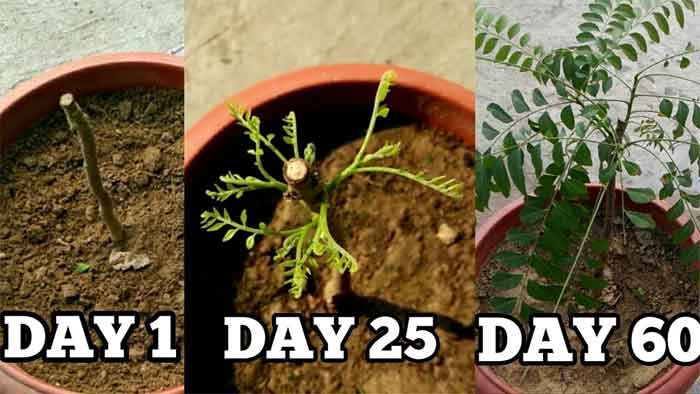
When harvesting your curry leaves plant, it is important to cut the stems just above a leaf node. You can then dry the leaves in a cool, dark place for several days before using them in cooking.
Curry leaves plants are relatively easy to care for, but it is still important to take the time to learn how to properly care for them.
Pruning
To help a curry tree get established, remove its flower buds for at least the first two years.
In addition, regularly prune dead branches and any dead leaves from the curry tree to ensure continual fresh growth.
Growing a areca palm plant at home? Here is all you need to know about areca palm plant.
Curry Leave Plant Propagation
- Remove the bottom inch of the cutting, including any leaves.
- Fill a 4-inch container with soilless potting mix and wet it well. Place the cutting in the medium, burying about 1 inch of it.
- Put your pot in a location that’s bright but not sunny, warm, and moist.
How to Grow Curry Tree from Seeds?
The germination rate for curry tree seeds is incredibly low, so it’s not worth trying to grow the tree from seed.  Plant a curry tree in a five-gallon container when it outgrows the size of the container, then repot it in the spring.
Plant a curry tree in a five-gallon container when it outgrows the size of the container, then repot it in the spring. 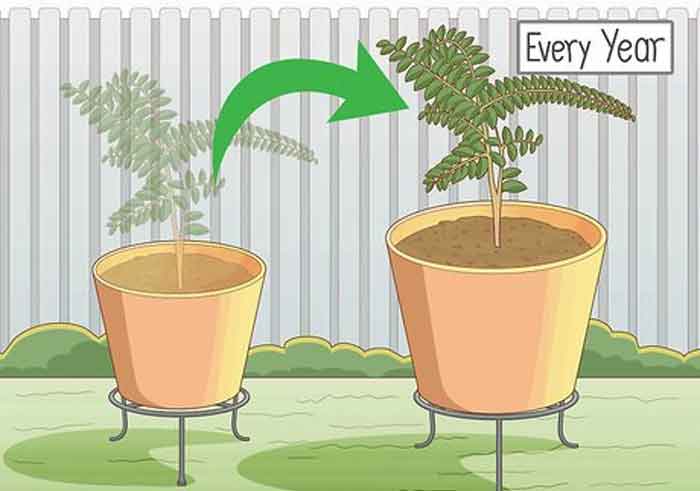 If you have it in a pot, though, bring it inside before the first frost and keep it there until all danger of cold weather has passed in spring.
If you have it in a pot, though, bring it inside before the first frost and keep it there until all danger of cold weather has passed in spring.
Also read about Jute Plant here.
These trees need full sun, so put them where they’ll get plenty of light from a sunny window.
Problems and Pests
If you see drooping, withering leaves on your curry tree, it may be a sign of overwatering. These can be treated with a fungicide. 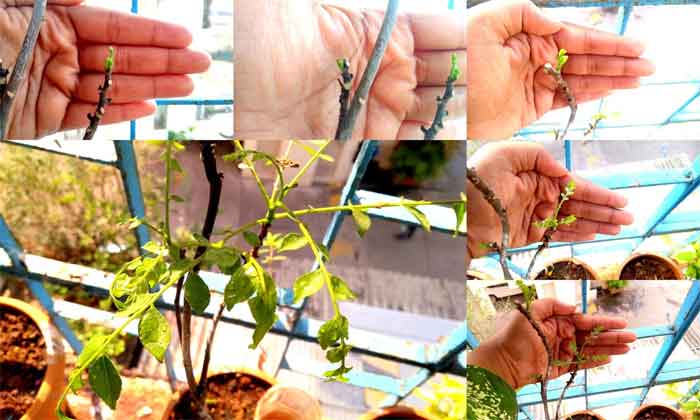 Pests like caterpillars, whiteflies, and mites may attack the curry leaves. You can control these by spraying the affected area with an insecticide or neem oil solution.
Pests like caterpillars, whiteflies, and mites may attack the curry leaves. You can control these by spraying the affected area with an insecticide or neem oil solution.
You can make your own neem oil spray by mixing 2-3 teaspoons of neem oil with 1 liter of water. Add a few drops of dish soap to help the solution spread and stick to the leaves better. Spray this on the curry leaves once every 10 days to keep pests at bay.
Consider Reading:
Conclusion
By regularly pruning the plant and removing any dead leaves or branches, you can encourage fresh growth. When propagating a curry tree, take a cutting from a healthy stem and root it in moist soil.
Keep the soil moist but not wet, and in three weeks the cutting will have rooted and can be transplanted. If you live in a climate with frost, bring your curry tree inside before the first frost and keep it in a sunny spot until all danger of cold weather has passed.
These trees are also susceptible to fungal diseases and pests, so be sure to check the leaves regularly and treat them accordingly. With a little TLC, your curry leaf plant will provide you with delicious, fragrant leaves for years to come!


